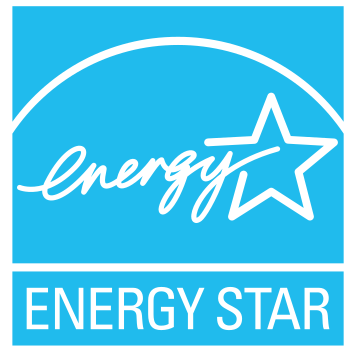
The Energy Star site is your safest bet for information on how to get the credit. Energy Star has been pretty flexible on what it allows for this credit:
- Batts
- Rolls
- Blow-in fibers
- Rigid boards
- Expanding spray
- Pour-in-place
Products that reduce air leaks also qualify:
- Weather stripping (such as fabric, foam, or metal to provide a seal)
- Spray foam in a can, designed to air seal
- Caulk designed to air seal
- House wrap
Installation isn’t covered.
Don’t rely solely on contractors who may not know the details or who promise their products will get the credit in order to make a sale.
Read on to learn more:
Insulation costs
Insulation is measured in R-values
Savings and energy audits
Insulation costs
Adding insulation is a relatively affordable home improvement project, and the savings can be felt almost immediately. Some DIYers can even tackle the project themselves over a weekend.
Cost for adding attic insulation to a 2,200-square-foot home:
- $1,000 to $2,500 including labor, depending on how much you put in and how easy it is to install.
- Effort and expense go up when you add it to exterior walls or around hard-to-reach ductwork.
Insulation is measured in R-values
The higher the number value (measuring its resistance to heat flow), the better the insulating power.
Recommended R-values are 30 to 60 for most attics, according to the U.S. Department of Energy. R-38 (or about 12 to 15 inches, depending on the type) is the sweet spot for most attics, says Energy Star, a joint program of the DOE and U.S. Environmental Protection Agency. In colder climates, go for R-49. The DOE’s online calculator recommends R-values for all areas of your home’s “envelope”:
- Attic
- Walls
- Floors
- Basement
- Crawl spaces
You need more insulation if your insulation is level with or below the attic floor joists.
Just about all types (fiberglass, cellulose, mineral wool, spray foam, foam board, cotton batting) qualify for the energy tax credit, as long as its primary purpose is to:
- Insulate
- Bring your home up to recommended R-value guidelines
Insulated siding doesn’t count, because its main purpose is not insulation, but simply covering your house.
Generally, most homes built before 1980 have inadequate insulation. The easiest kind to add is blown loose-fill insulation. You’ll probably need to hire a contractor. Since insulating an attic isn’t too complicated, you can get quotes—at least three—by phone. However, get a copy of the quote in writing before work starts, and be sure it specifies R-value.
Michael Kwart, executive director of the Insulation Contractors Association of America, recommends rolled insulation for do-it-yourselfers. The new material can be added on top of the existing.
Savings and energy audits
Depending on where you live and how much insulation you already have, adding more can trim heating and cooling costs anywhere from 10% to 50%.
- A home owner in the Northeast with an uninsulated attic, for instance, can save about $600 a year by adding about 15 inches of insulation (R-38) between the rafters, according to the Energy Department.
- Just 6 inches can net annual savings of about $200.
Energy audits uncover even more ways to save energy
Besides adding new insulation, conduct a whole-house energy audit to find other ways to reduce power consumption and save even more on monthly bills.
Caulk around drafty windows and doors, and stop gaps in siding and the foundation, says Matt Golden, president and founder of San Francisco-based Sustainable Spaces. Reducing a home’s air leakage by 25% can lower annual energy costs by about $300, according to the Lawrence Berkeley National Laboratory.
This article provides general information about tax laws and consequences, but isn’t intended to be relied upon as tax or legal advice applicable to particular transactions or circumstances. Consult a tax professional for such advice; tax laws may vary by jurisdiction.




